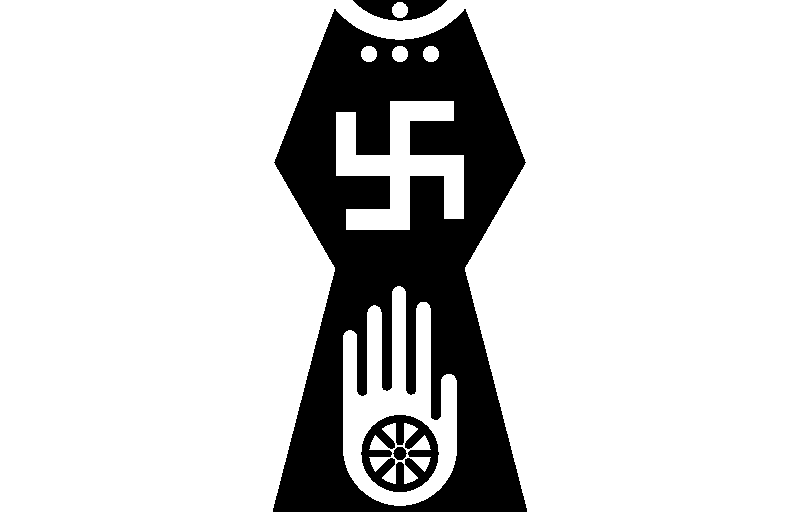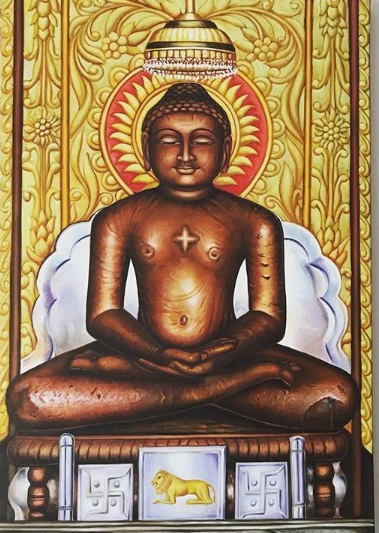Jainism in India

Jainism is an ancient Indian religion that emphasizes non-violence and ascetic life. It began in the sixth century BCE the same time Buddhism was developing. It was a time and place of religious renewal, in which several groups reacted against the formalized rituals and hierarchical organization of traditional Hinduism.
Jainism incorporates the traditional Hindu concepts of karma and reincarnation but rejects the Veda scriptures, castes, and the idea of a creator god. The goal of life is to reach liberation by a life of purification and discipline as taught by the tirthankaras.
Jainism was founded by Mahavira in the 6th Century B.C.E. Despite his family’s good fortune, Mahavira was not happy. After the death of his parents (at the age of 30) he left his family and turned his back on a life of luxury. He joined a group of ascetics. He did not find what he was looking for with the ascetics and went off on his own to develop a more extreme asceticism. During this time, he had the following experiences: He swept the path where he walked and strained the water he drank. One should not injure any form of life (ahimsa). He decided the path to enlightenment should also be through torment. He went naked and sought the coldest spots in winter and the hottest in summer.

Mahavira did not believe in prayer or worship, his followers’ worshiped and pray to him because it is believed that he was sinless, omniscient, and incarnate as the last of the 24 Tirthankaras (saviors of men). By 80 C.E., Jains were divided into two distinct sects. They were the Svetambara (white-clad) and the Digambara (sky-clad). The Svetambara are mainly concentrated in Northern India and are more liberal in the interpretations of Mahavira regarding nudity (they allow their monks to wear white garments). Women are also allowed in their religion and monasteries to accept the possibility that they may find salvation.
The Digambara Jains are mainly in Southern India. They adhere to the old ideals and require their monks to go about naked. They also disagree with the Svetambara Jains on certain aspects of Mahavira’s life. The Digambara believe that women have no chance of salvation until they are reborn as men. Therefore, women are prohibited from entering monasteries and temples.
Suggested Read: Mahavir Jayanti
Lord Mahavir said
” If you kill someone, it is yourself you kill. if you overpower someone, it is yourself you overpower.
if you torment someone, it is yourself you torment.”
Five main Beliefs of Jains
-
Ahimsa- the principle of non-injury
According to Jainism, the killing of animals is a great sin. -
Asteya – non-stealing
One should be honest and should not steal anything or rob others of their wealth, belongings, etc. -
Brahmachari – celibacy
Total abstinence from sex indulgence is called brahmacharya or celib is an infatuating force that obscures the path of liberation and sets aside all virtues and reason at the time of indulgence. -
Apigraha – nonacquisition
Jainism believes that the more a man possesses worldly wealth, the more he may be unhappy and more likely he is to be attached to his possessions and his station in life. -
Anekantavada – relativity
Seeking relativism in all things. It means seeing the truth from many points of view.
Suggested Read: Indian Religions






